Clark Air Base Salakot
Production Time 9 to 10 weeks
Shipment is by FedEx, UPS or DHL International Express Courier with a normal door-to-door delivery time worldwide of within 2-3 business days after dispatch. Due to the current volatility of world fuel prices, the amount mentioned here is our best estimate for DHL and UPS and may be subject to change at the time of shipping.

Model Description: Clark Air Base Salakot Wood Replica Scale Custom Model
Height: 9 Inches (22.9 Centimeters)
$239.50
Production Time 9 to 10 weeks
-
United States dollar ($)
-
Pound sterling (£)
-
Euro (€)
-
Australian dollar ($)
-
Canadian dollar ($)
-
Singapore dollar ($)
-
Swiss franc (CHF)
-
Japanese yen (¥)
-
Danish krone (kr.)
-
Hong Kong dollar ($)
-
Norwegian krone (kr)
-
Swedish krona (kr)
-
United Arab Emirates dirham (د.إ)
General Product Description
The 'Specials' section of our website is dedicated to more unusual or miscellaneous models both in terms of the materials used in their manufacture and in their size and structure. For example, you will see large fiber or fibre glass models for use on restaurants and bars, model airplanes fashioned as book ends, fork lift truck models and wooden fish models. Our Clark Air Base Salakot modelk exhibits unique, unrivalled quality and detailed design to come as close as possible to the accuracy of the actual item. The model is made of the finest materials and beautifully finished to give this museum quality masterpiece. Our craftsmen and gifted artisans ensure that our finely handcrafted models match the precise blueprint details of the original item. This top-quality Clark Air Base Salakot replica will surely enthrall anyone who receives this stylish display as a gift.
We can also make bespoke scale replicas of any other private / civil commercial airliner or airliners, helicopter, glider, gliders with engines, military jet, warplane jets, propeller warplanes, biplane, triplane, tail fin, spacecraft, rocket or NASA model you require in any airline, military or civilian livery or colors. We also produce model airships, blimps, dirigible, blimps, boat, and ship collectibles. Wall plaque or seal for military, government or private customers. Wholesale and retail and general customization inquiries welcome. Again, by clicking here to contact us just let us know exactly what you need.
Discovering the Legacy of Clark Air Base: The Iconic Salakot Arch
Nestled within the vibrant landscape of the Philippines, Clark Air Base holds a treasure trove of history, culture, and architectural wonder. Among its most notable features is the iconic Salakot Arch, a structure that not only symbolizes the rich cultural heritage of the Filipino people but also stands as a testament to the enduring friendship between the Philippines and the United States. This monumental arch is not just an architectural marvel; it’s a beacon of the historical and cultural tapestry that defines Clark Air Base.
The Historical Significance of Clark Air Base
Clark Air Base, located in the province of Pampanga, has a storied past that stretches back to the early 20th century. Initially established as a military camp by the U.S. Cavalry in 1902, it evolved into one of the largest overseas air bases of the United States Air Force. Throughout the years, it played a pivotal role in several significant historical events, including World War II and the Vietnam War. However, the eruption of Mount Pinatubo in 1991 led to the base’s closure, paving the way for its transformation into a hub for business, aviation, and tourism within the Clark Freeport Zone.
The Salakot Arch: A Symbol of Friendship and Unity
The Salakot Arch, with its distinctive shape reminiscent of the traditional Filipino hat, serves as a gateway to the rich history and cultural fusion that Clark Air Base represents. This structure, erected in the 1960s, symbolizes the enduring alliance and mutual respect between the Philippines and the United States. Its design is a homage to the salakot, a traditional Filipino headgear that protects the wearer from the sun and rain, symbolizing shelter and hospitality – values deeply ingrained in Filipino culture.
Architectural and Cultural Marvel:
The arch’s design reflects a harmonious blend of traditional Filipino aesthetics and modern architectural elements. Standing majestically at one of the entrances to the former base, it welcomes visitors with its broad, hat-shaped roof supported by pillars that are adorned with intricate designs reflecting Philippine motifs and American influences. This landmark is not just a physical structure but a bridge between cultures, embodying the spirit of cooperation and mutual respect that has characterized Philippine-American relations over the years.
Visiting the Salakot Arch:
Today, the Salakot Arch is a popular attraction for both local and international tourists, offering a unique glimpse into the historical and cultural legacy of Clark Air Base. Visitors to the arch can also explore the surrounding area, which is teeming with attractions such as parks, museums, and historical sites, along with a vibrant array of dining and shopping options. The Clark Freeport Zone, with its modern amenities and rich historical background, offers a fascinating juxtaposition of the past and present, making it a must-visit destination for anyone traveling to the Philippines.
Conclusion:
The Salakot Arch is more than just an architectural landmark; it is a symbol of the enduring friendship between the Philippines and the United States, a reminder of the shared history and mutual respect that binds these two nations. As visitors pass under its expansive canopy, they are reminded of the rich cultural heritage and historical depth that Clark Air Base and its surroundings have to offer. In visiting the Salakot Arch, one does not merely witness a structure but experiences a profound connection to the history, culture, and enduring spirit of camaraderie that it represents.
| Weight | 6 kg |
|---|---|
| Dimensions | 5 × 9 in |

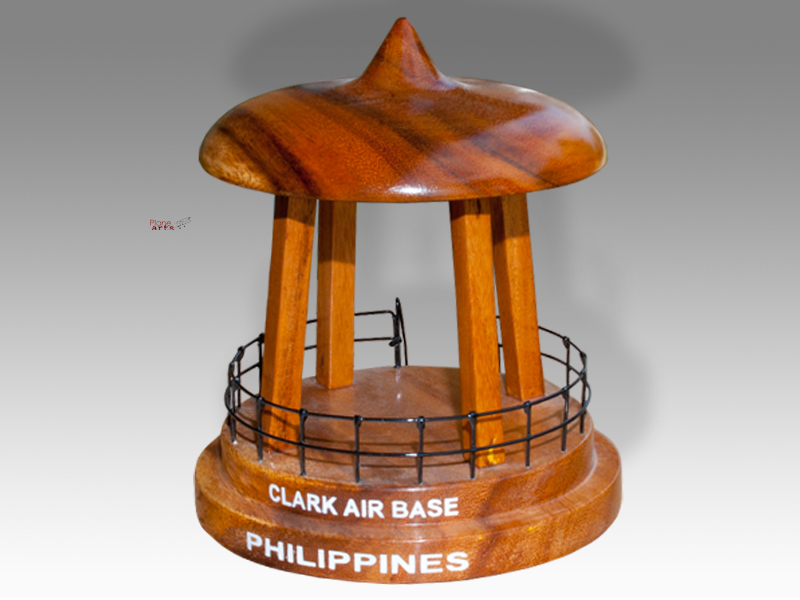
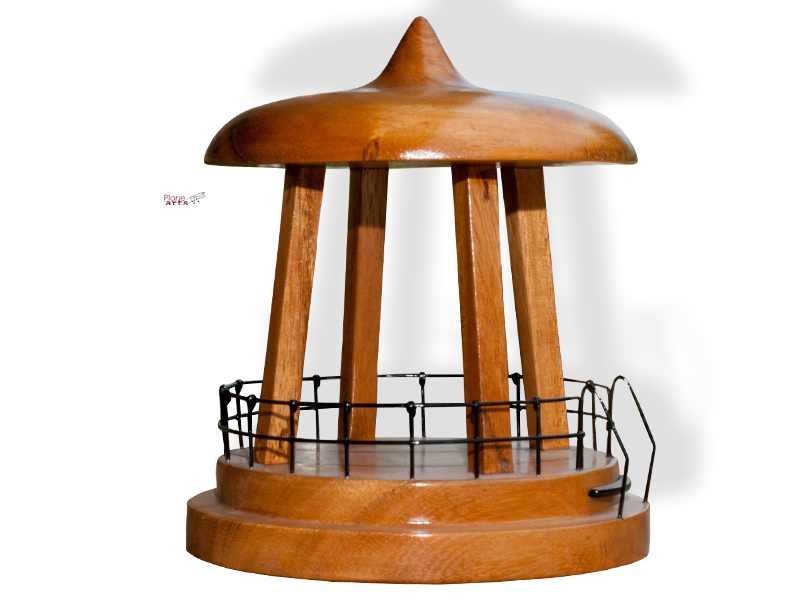
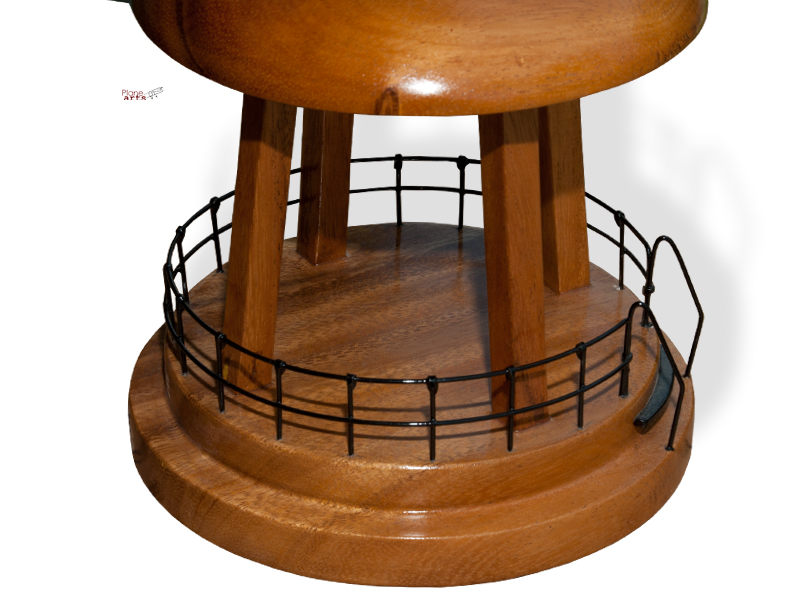
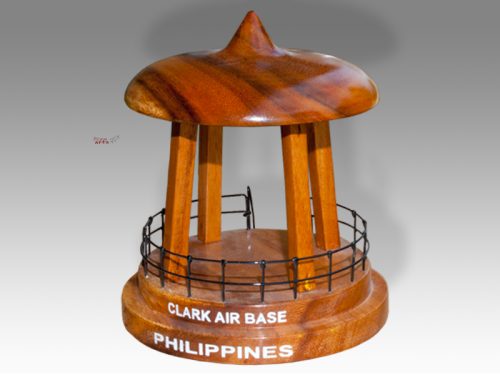

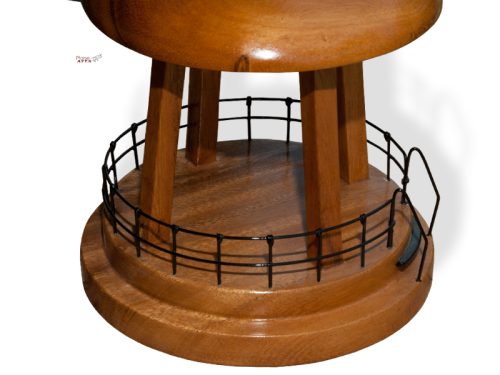


Reviews
There are no reviews yet.